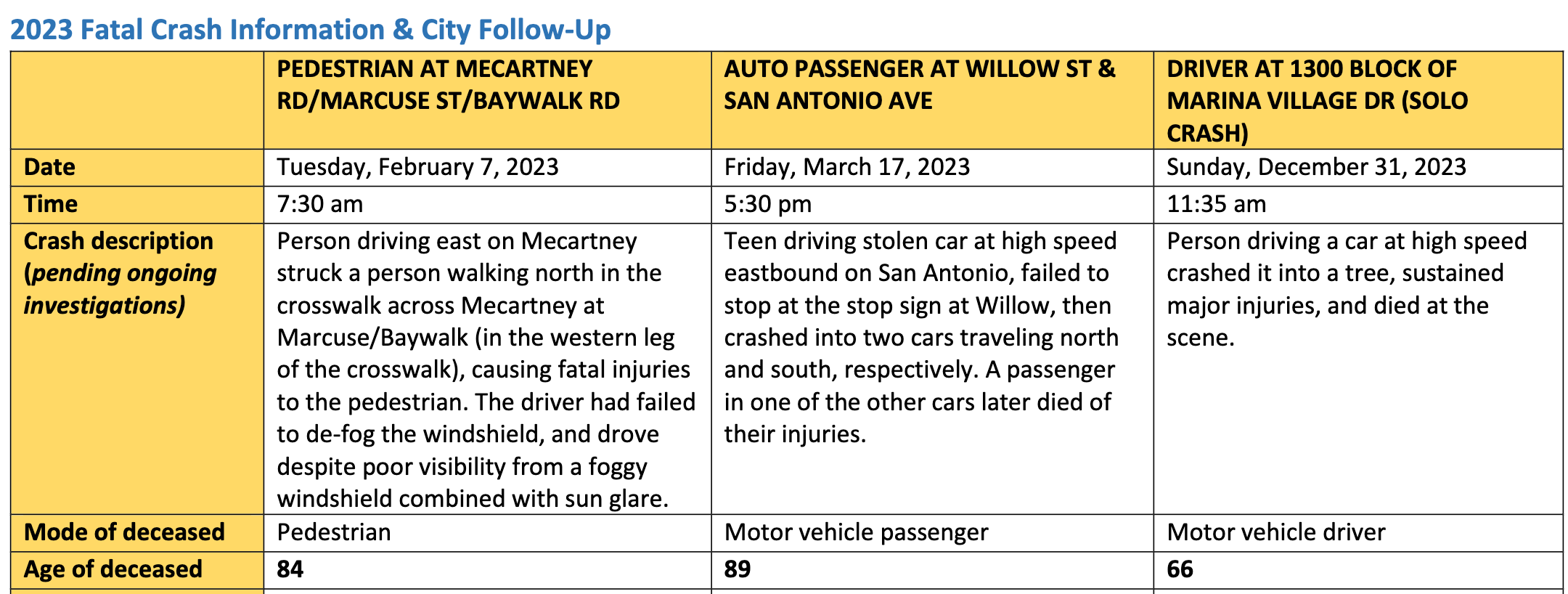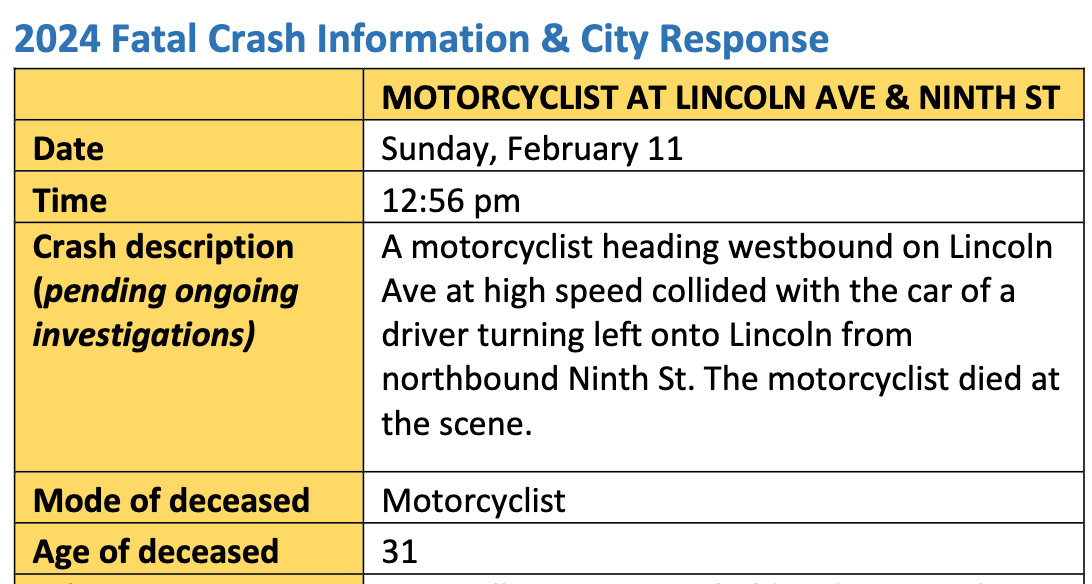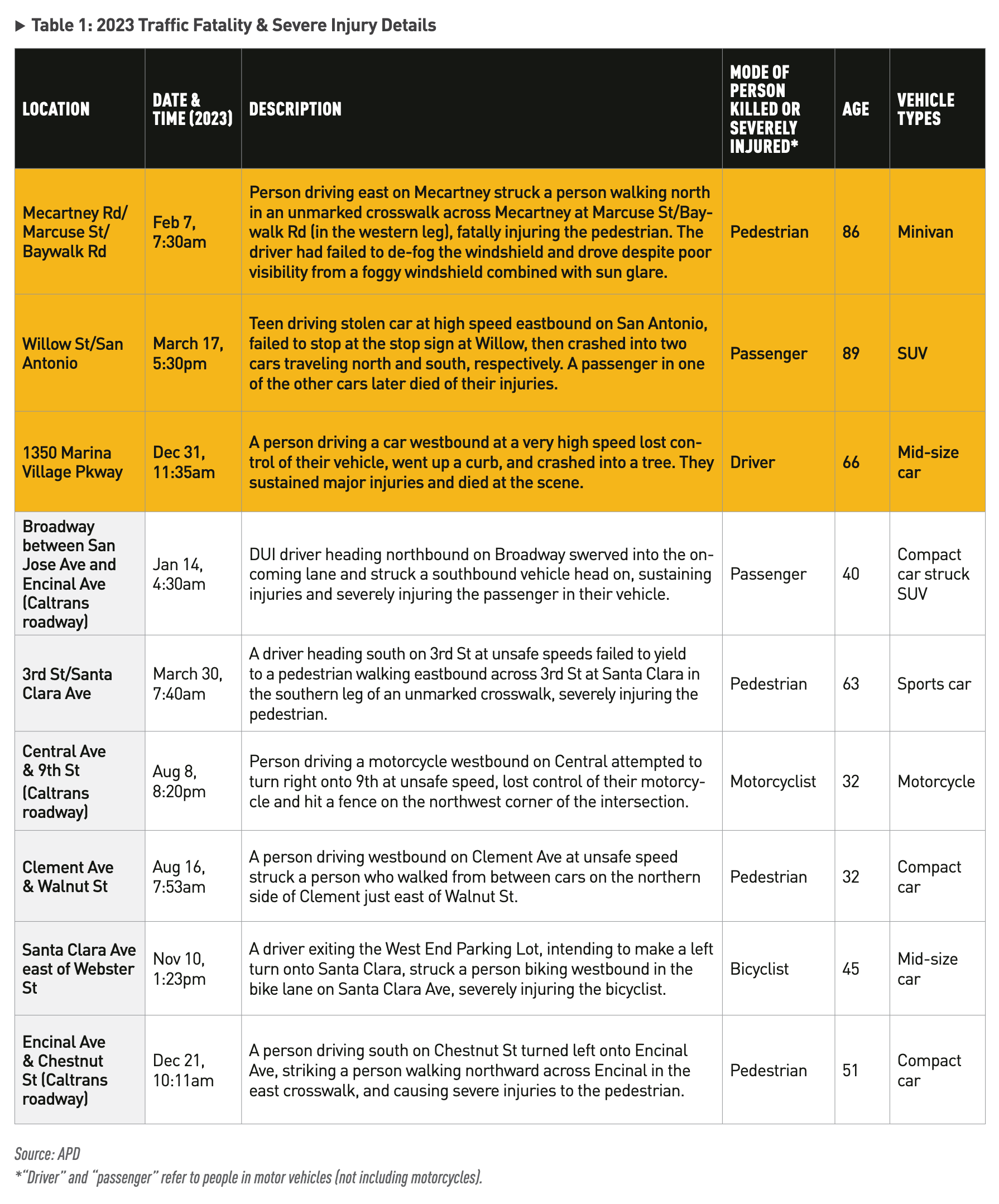I grew up with the San Jose Mercury News around the house. On Sundays, my dad liked the comics section — in full color— and I liked the full section dedicated to the latest deals at Fry's Electronics. (Sometimes we'd go together to get 25-cent hot dogs with "Charlie Chip.")
Another regular feature I read was the "Mr. Roadshow" column. From 1991 to his death in 2023, Gary Richards wrote a regular column under that name. He'd take questions and complaints from across the Bay Area, follow up with his contacts at Caltrans or city transportation departments, and write a chatty and opinionated piece.
While I enjoyed the column and his voice, I also came to see how much it represented the auto-centric status quo of postwar America and of Santa Clara County in particular (where instead of BART a network of county-owned expressways were built.) His complains were too often the complaints of someone viewing the world through a windshield. His solutions were too often whatever the engineers at Caltrans thought would increase "flow" and "circulation" or decrease "congestion" and "delays."
As an adult with a kid of my own — although without a print subscription to the Mercury News around our own Peninsula apartment — I finally wrote in to Mr. Roadshow. He had written an article headlined "A PLEA TO PEDESTRIANS TO AVOID WEARING BLACK CLOTHES" — and I had had enough with that behind-the-windshield worldview:
Dear Mr. Roadshow,
I've read your column on and off for a few decades, but I've never written in. (Or maybe I did in the '90s? Can't remember ;) Regardless, this latest column about pedestrian safety gives me reason to write in.
I think this column does a disservice to your readers. It frames pedestrian safety as an issue of personal responsibility, and it frames this as an issue of driving people vs. walking people.
At best your column only confirms the preconceived notions for your readers who drive. At worst, it further lets drivers off the hook for their own responsibility as they pilot a multi-ton vehicle. They can use it to tell another joke-y story about how pedestrians are "asking for it" if they don't do everything they can to ensure their own safety.
Please use your forum to elevate this conversation. Pedestrian (and bicyclist) safety is effectively a public health issue. It's a bunch of systematic failures: roads are too wide, encouraging unsafe speeds. We're all using smartphones more than we should (a minor problem for an individual when you're walking, a huge problem for everyone when you're driving). American cars have ever more horsepower and ever-higher front grills, which lead to worse injuries for pedestrians. Caltrans won't permit local city transportation departments to redesign state roadways like El Camino Real safe for pedestrians, cyclists, and motorists. Research shows that all of these are factors. "Vision Zero" programs in cities around the country, which are also based on data-driven research, aim to address and systematically improve many of these factors.
Lecturing someone in a wheelchair about how they need to wear brighter, reflective clothing may make some of your readers happy (and yes, it's one piece, albeit a small piece, in the overall solution). Personally, I think it's a missed opportunity for you to use the megaphone of your column about overall solutions. No one should be injured or killed by a car while walking or cycling.
Sincerely,
Drew Dara-Abrams
My letter — in an abridged form — made it into his next column, along with his response:

Well, I guess we'll just agree to disagree on this topic.
I tell this story because I'm having the exact same reaction while listening to Alameda resident Larry Freeman's podcast interview with Alameda's police chief. The topic: "bad walking."
In fairness, he appears to be pairing this with another podcast focused on driver responsibilities. So I guess it's a "both sides" approach to traffic safety.
And that's what I do have to disagree with — treating traffic safety as a responsibility shared equally between drivers and pedestrians is not an accurate framing or a framing that will be effective for improving traffic safety.
Police Chief Nishant Joshi does, in the interview, qualify his responses, conveying how motorcyclists are more "vulnerable" than auto drivers, bicyclists and pedestrians even more so — and "the laws are set up, taking that into account to make sure that everyone does their part to contribute to safe roads."
Still, I want to use this as an opportunity to dust off that letter I sent in to Mr. Roadshow. It's not because I want to argue with Mr. Freeman and his choice of topics. It's because I'm one of many — including many professionals who know much more than I do — who see the high number of Americans killed or injured on roadways as a pressing public-health issue that requires a systematic, powerful, and nuanced response.
Read these descriptions of fatal crashes this year and last year in Alameda — and let me know how much pedestrian behavior has factored into the outcomes:


The city's annual report also describes crashes resulting in severe injuries ("severe" meaning that the injury has probably forever changed the life of that person):

Part of nuance has to be careful thinking about the relative importance of different risks and factors. When it comes to talking about traffic safety, making plans to improve traffic safety, and convincing our fellow residents and leaders to take action, we need to distill and prioritize and be exceedingly clear: Motorists are the danger on our roads.